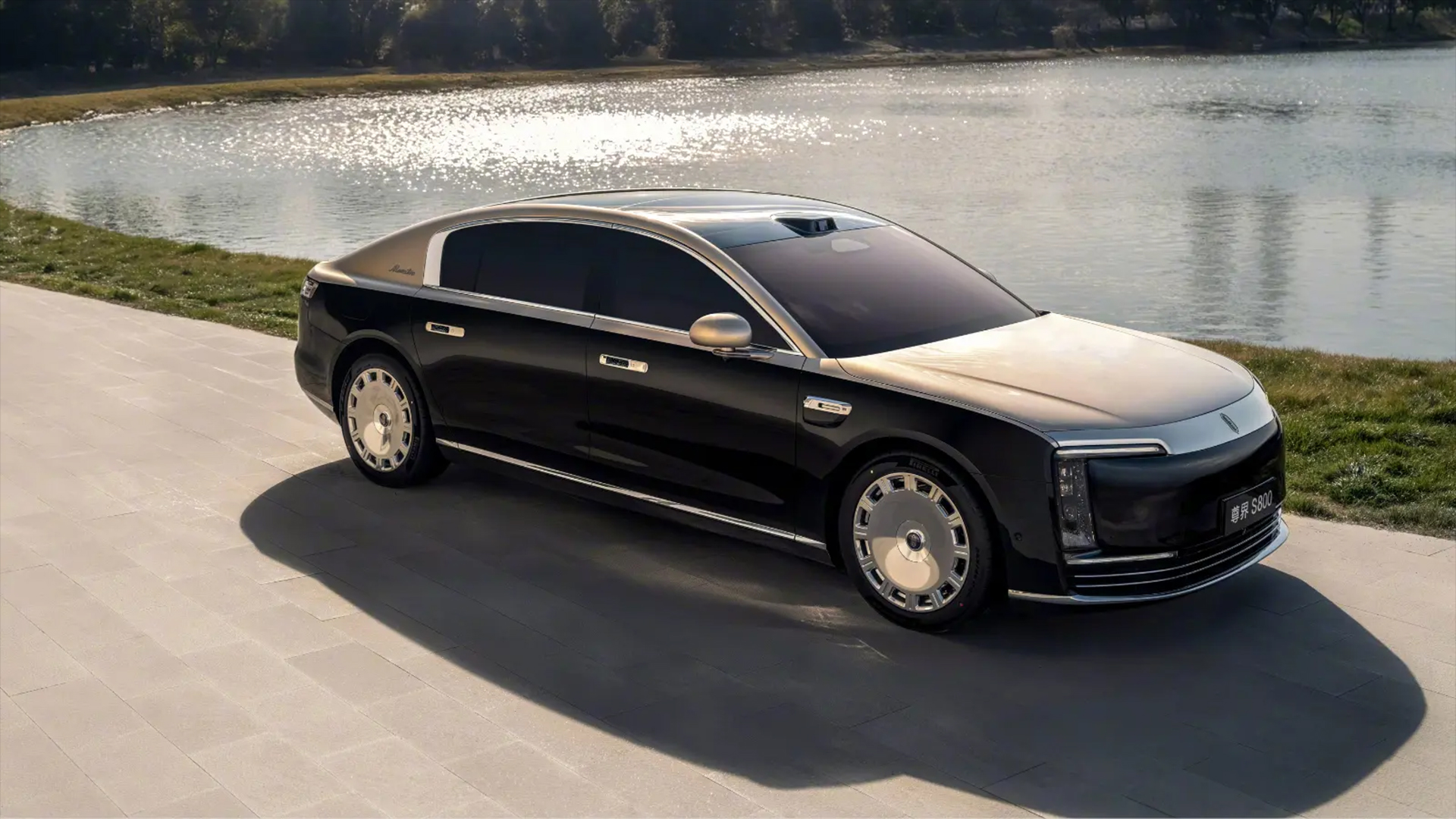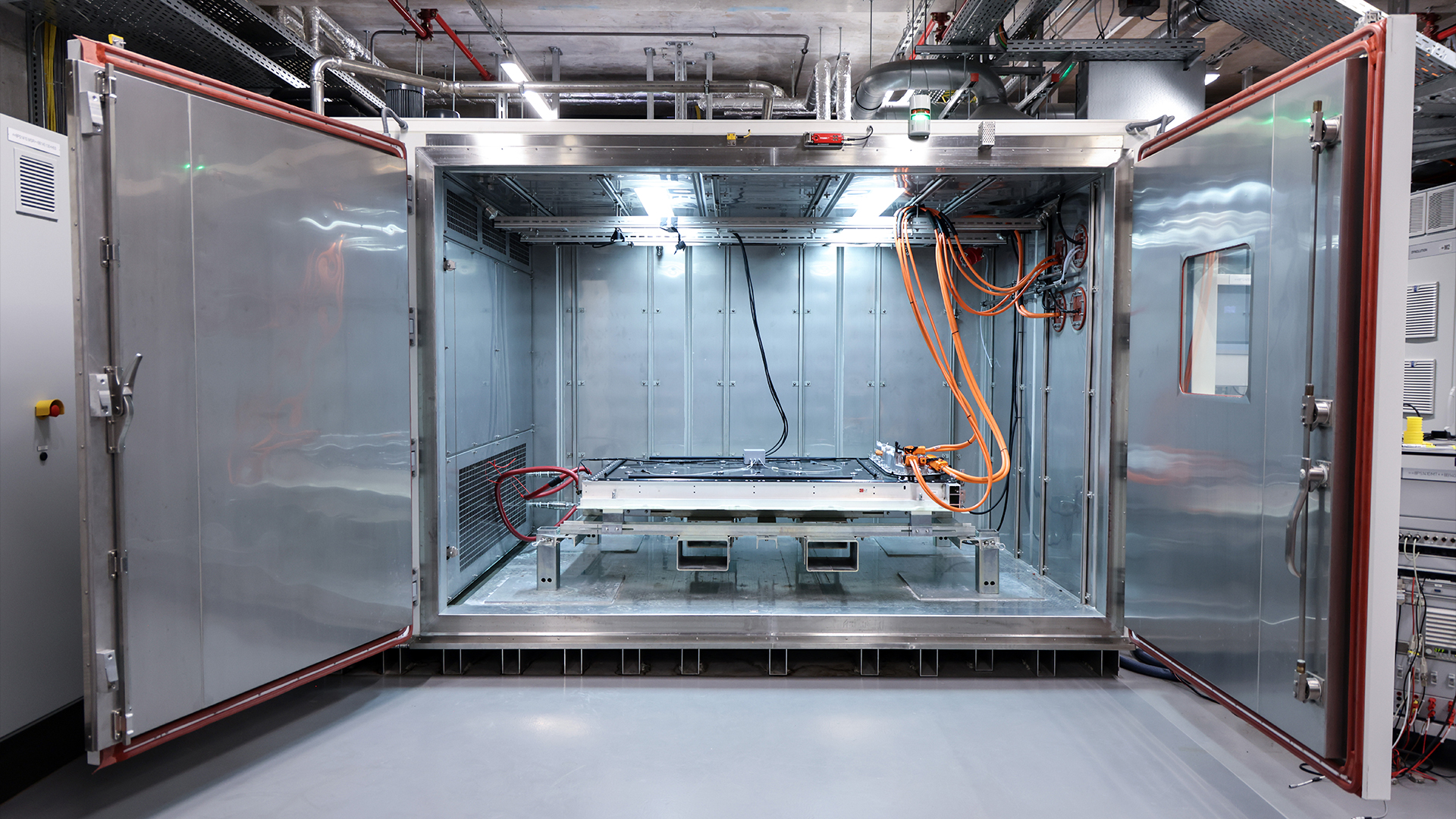Huawei says its new solid-state EV battery can give you 1,800 miles of range and charge in less than 5 minutes, but we have questions
Chinese giant joins list of automakers exploring solid-state options

- Huawei has filed for patents for a sulfide-based, all-solid-state battery
- The company theorizes it could unlock up to 3,000km (1,864 miles) of range
- Ultra-fast charging could top the battery up in under five minutes
Huawei is the latest in a growing list of automakers and tech companies that are exploring the possible benefits of fitting an EV with solid-state batteries, with the likes of BMW, Mercedes-Benz, VW, BYD and Stellantis all publicly touting the tech.
Car News China reports that the tech giant has filed a patent that outlines a solid-state battery architecture with energy densities between 400 and 500 Wh/kg, which is two or three times that of the current EV battery landscape.
Currently, Huawei doesn't manufacture its own branded vehicles in China, but instead works with various automakers to apply some of its existing technologies to vehicles.
According to the patent application, its batteries use a method that ‘dopes’ sulfide electrolytes with nitrogen to address side reactions at the lithium interface. However, it is keeping the remainder of its technology close to its chest, as the race to mass-produce solid-state battery technology safely and at scale is well and truly on.
What’s more, the company theorizes that it is able to eke some 1,864 miles of range from its battery technology, as well as complete the industry standard 10-80% charge in less than five minutes.
However, some industry experts are skeptical of those bold claims, pointing out that it is a leap of more than three times the current range abilities of the most impressive electric vehicles on sale today.
Speaking to Electrek, Yang Min-ho, professor of energy engineering at Dankook University, said that such performance "might be possible in lab conditions" but went on to explain that reproducing the results in the real world, where energy loss and thermal management play a key role, would be "extremely difficult".
Sign up for breaking news, reviews, opinion, top tech deals, and more.
The professor was also quick to point out that the nitrogen doping method is a "standard technique" that, again, can be applied in a laboratory environment but is currently difficult to scale to a point where it can be mass produced to meet the demands of global automakers.
Analysis: big headlines, small steps

Understandably, China is basking in its EV dominance at the moment and it isn’t afraid to publicize innovations that have the potential to change the game.
MegaWatt charging is one of the more recent topics, but solid-state batteries have also been bubbling sway under the surface for some time. Undoubtedly, China will be the first to this technology, but it likely won’t be as soon as many domestic companies make out, nor as impressive.
What’s more, the 1,800-mile figures seem largely pointless, as it would require a huge battery pack that is going to add excess weight and blunt driving dynamics in a vain attempt to dispel notions of range anxiety.
Should Huawei be able to nail energy densities between 400 and 500 Wh/kg, it would be far better placed producing smaller packs that can still offer an impressive range without the need for enormous, expensive batteries.
When an EV can easily cover 600 miles on a single charge, range anxiety largely becomes obsolete, as there are so few drivers that want to sit for hours on end without a break. Plus, with the public charging network expanding and improving year-on-year, it is now arguably easier than ever to find a spot to plug in and stretch the legs.
You might also like
- 'We really believe that Lidar is mission critical': Ford CEO says Waymo's self-driving car tech makes more sense Tesla's
- Meet the next electric hypercar – Mercedes-AMG just got its mojo back with a 1,360hp concept that will soon take on the Porsche Taycan
- The world's first range-extending hybrid car with swappable battery packs has landed – here's why it could be the future

Leon has been navigating a world where automotive and tech collide for almost 20 years, reporting on everything from in-car entertainment to robotised manufacturing plants. Currently, EVs are the focus of his attentions, but give it a few years and it will be electric vertical take-off and landing craft. Outside of work hours, he can be found tinkering with distinctly analogue motorcycles, because electric motors are no replacement for an old Honda inline four.
You must confirm your public display name before commenting
Please logout and then login again, you will then be prompted to enter your display name.